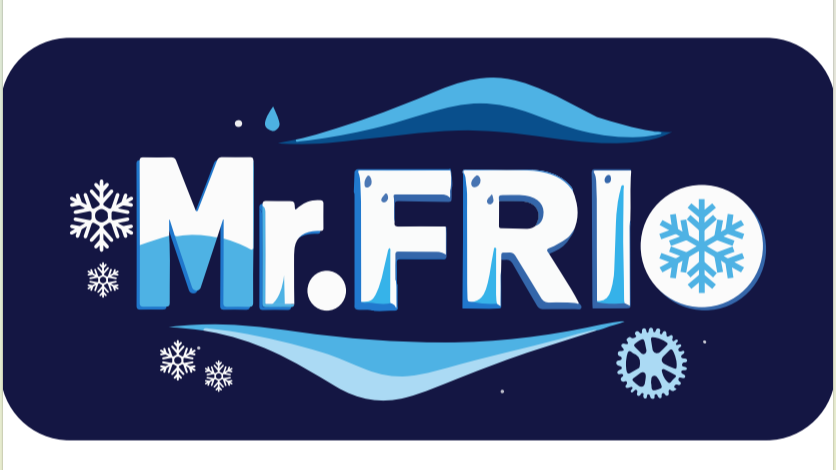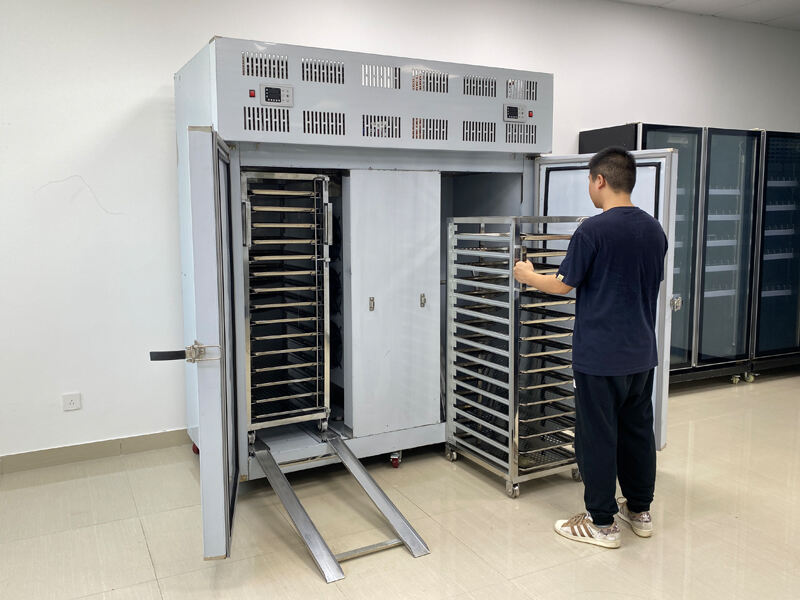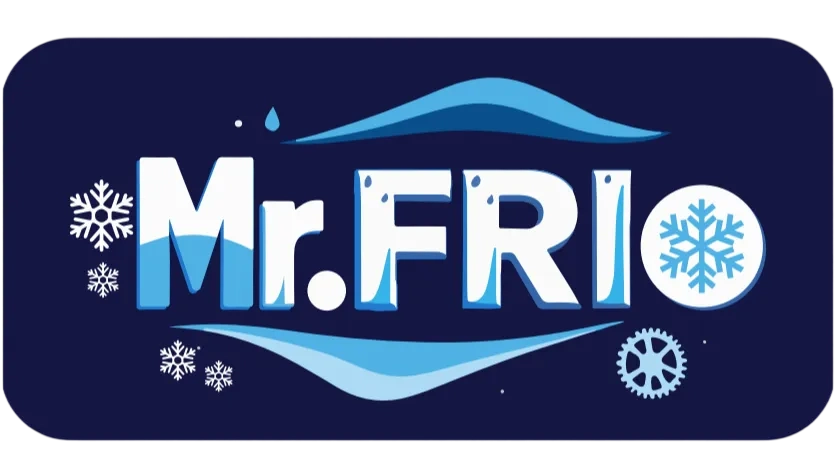Understanding Blast Freezer Fundamentals
How Blast Freezers Work Differently from Standard Freezers
Blast freezers work with some pretty advanced refrigeration tech to cool stuff down super fast, usually hitting around -18°C (0°F) or even colder. Standard freezers tend to run warmer, so the rapid freeze makes all the difference when it comes to keeping the actual structure of food intact. What these freezers do basically is blast cold air everywhere through forced circulation. This creates a much better cooling effect than regular freezers where the cold just sits there doing nothing. The big advantage here is that it stops those pesky ice crystals from forming inside the food. And we all know what happens when ice crystals form they ruin the texture and overall quality of whatever gets frozen.
Temperature Ranges and Freezing Speed Explained
Blast freezers get things frozen way faster than regular freezers, sometimes hitting those super low temps in just over two hours flat. The speed matters a lot when it comes to keeping food good to eat, especially stuff like fresh caught fish or premium cuts of meat where texture really counts. When food freezes fast, bacteria doesn't get a chance to multiply, which means safer products on store shelves. Plus, all those important vitamins and minerals stay locked in rather than getting lost during slow freezing processes. That's why restaurants, grocery stores, and processing plants rely so heavily on blast freezing technology these days. Seafood distributors love them for keeping shrimp and scallops fresh between catches, while fruit packagers use them to maintain that just-picked quality in berries and stone fruits stored in cold rooms across the country.
- Within 3 hours, blast freezers can freeze completely.
- Essential for items like fish and meats to preserve quality.
- Ensures food safety by preventing bacterial growth and maintaining nutrient retention.
Explore more on small blast freezer for sale and factory blast freezer for fish cold room options to cater to specific preservation needs.
Key Benefits of Blast Freezers in Food Preservation
Preventing Bacterial Growth & Extending Shelf Life
Blast freezers are really important for keeping food fresh because they drop temperatures super fast, which stops bacteria from growing and makes things last much longer than normal freezing. Research shows that items kept in these freezers often stay good for about half again as long as when using regular methods. When food gets cold so quickly, it basically puts bacteria into hibernation mode, meaning safer eating for weeks or even months sometimes. Plus, this quick freeze method helps lock in most of the nutrients too, so what goes into the freezer comes out tasting pretty close to how it was when first put in there, making it both safe and tasty for consumers.
Preserving Texture and Nutritional Integrity
Blast freezers do a great job at keeping food textures intact while holding onto most of their nutrients. When food freezes quickly, it traps in moisture and flavor instead of turning everything into that unpleasant soggy mess we get with regular freezers. What happens is pretty simple actually the fast freeze stops those big ice crystals from forming inside the food cells. These crystals would otherwise tear apart the cell walls and leach out all sorts of good stuff like vitamins and minerals. Seafood and meat especially stay true to their original qualities after blast freezing, which is why so many premium food producers rely on this method. The whole point really comes down to what consumers want these days fresh tasting food that still packs nutritional value even after sitting in storage for weeks or months.
Best Practices for Blast Freezer Operation
Loading Techniques for Optimal Airflow
Getting good airflow going inside blast freezers matters a lot when trying to get everything frozen evenly. Products need to be spaced out right in there so cold air can move around them properly. When items are packed too close together, the air gets stuck and some parts freeze faster than others. We've all seen what happens when someone stuffs a freezer full - some things turn into ice cubes while others stay soft and risky. The whole point of proper loading isn't just about keeping things cold enough; it actually helps preserve food better overall. Smart operators know that leaving space between packages makes all the difference in maintaining both temperature control and food safety standards.
Maintenance Protocols for Peak Performance
Keeping blast freezers running smoothly requires regular upkeep. The main things to check? Refrigerant levels need monitoring because low levels can really mess with cooling efficiency. Don't forget those condenser coils either they get dirty fast and that affects how well the system works overall. A good maintenance plan makes all the difference. Most facilities find that scheduling checks every three months stops surprises like sudden breakdowns during busy periods when the freezer needs to be working at full speed. When freezers perform reliably day after day, food safety protocols stay intact too. This matters a lot for perishables stored long term since even small temperature fluctuations can shorten shelf life significantly over time.
Food Preparation Guidelines Pre-Freezing
Getting food ready properly before freezing makes all the difference when it comes to keeping things tasty later on. A good rule of thumb? Let cooked stuff sit at room temp for a bit before tossing it into the blast freezer. Otherwise warm dishes can mess with everything else already frozen inside. Vacuum sealing works wonders too. When air gets excluded, food stays fresher longer because there's less chance of freezer burn or weird textures developing. These simple steps really pay off down the road. Frozen veggies stay crisp instead of soggy, meats don't get that grayish look, and overall everyone enjoys better meals months after they were first made.
Commercial Ice Storage Solutions for Foodservice
30cuft Ice Merchandiser Cabinet with Cold Wall Technology
The 30 cubic foot Ice Merchandiser Cabinet offers an intelligent way to store ice, using advanced cold wall tech that keeps ice frozen longer and cuts down on melting. What makes this unit stand out is how it cools evenly throughout without blowing air directly on the ice cubes. This helps prevent that gradual disappearance of ice we all see happening in busy places like restaurant bars or grocery store displays. Food service businesses love these cabinets because they combine good storage space with easy access points so staff can grab what they need quickly during peak hours. From corner convenience shops to large supermarket chains, operators find themselves relying heavily on this type of equipment when their daily operations depend on having fresh ice available at all times.
Slant-Door 38cuft Freezer Box for High-Capacity Needs
This slant door 38 cubic foot freezer box was built with serious food service operations in mind. Restaurants and caterers who need to store large quantities of frozen goods will find it handles bulk storage requirements quite well. What makes this model stand out is its impressive energy efficiency thanks to cold wall tech and solid construction materials that keep running costs down over time. Commercial kitchen managers especially appreciate getting both ample storage space and good power efficiency in one package. The freezer runs consistently day after day without sacrificing product quality or blowing up monthly electricity bills. And yes, it comes complete with a reliable compressor unit as part of the standard setup.
Outdoor -18°C Storage Cabinet for 125 Ice Bags
Built specifically for outside use, the minus 18 degree Celsius storage cabinet keeps ice frozen reliably over extended periods. The unit holds around 125 standard size ice bags which works great at large gatherings or places where people need lots of cold drinks fast. Made from heavy duty materials that stand up against rain, sun and wind, these cabinets stay dependable even when conditions get rough. Event organizers love them because they ensure there's always fresh ice available throughout festival days or busy market mornings. Just set one up near the main entrance area and forget about it working hard behind the scenes without any issues popping up later on.
Windproof 65cuft Dispenser-Freezer for Retail Use
Retailers will find the 65 cubic foot dispenser-freezer built for their needs, especially since it keeps ice fresh even when winds blow hard outside. The way this unit dispenses ice makes grabbing a bag quick and easy for customers who just want to grab something fast before heading out. Built tough with solid construction and good cooling power, stores can fill their freezers without worry. This means happy customers getting quality ice at places where people need it most - think convenience stores along busy highways or snack stands near popular beaches. Sure, there are some maintenance tasks involved, but overall operators report fewer problems compared to older models they used previously.
Energy Efficiency vs. Freezing Power Tradeoffs
When looking at blast freezers, businesses face a common dilemma between how much energy they consume versus how fast they freeze products. Stronger freezers definitely get things frozen quicker which helps maintain food quality, but these machines tend to eat through electricity bills pretty quickly. The cost difference really adds up over time and starts eating into profit margins. Finding the sweet spot where energy usage doesn't completely negate the benefits of faster freezing remains important for most operations. Many companies have found talking to someone who specializes in energy savings makes all the difference when trying to figure out what works best for their particular setup and budget constraints.


